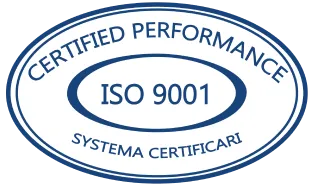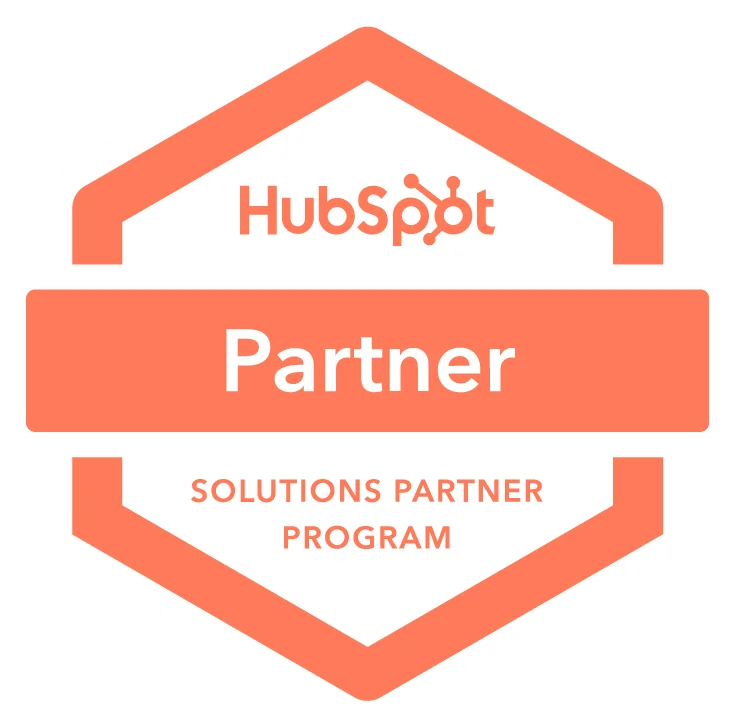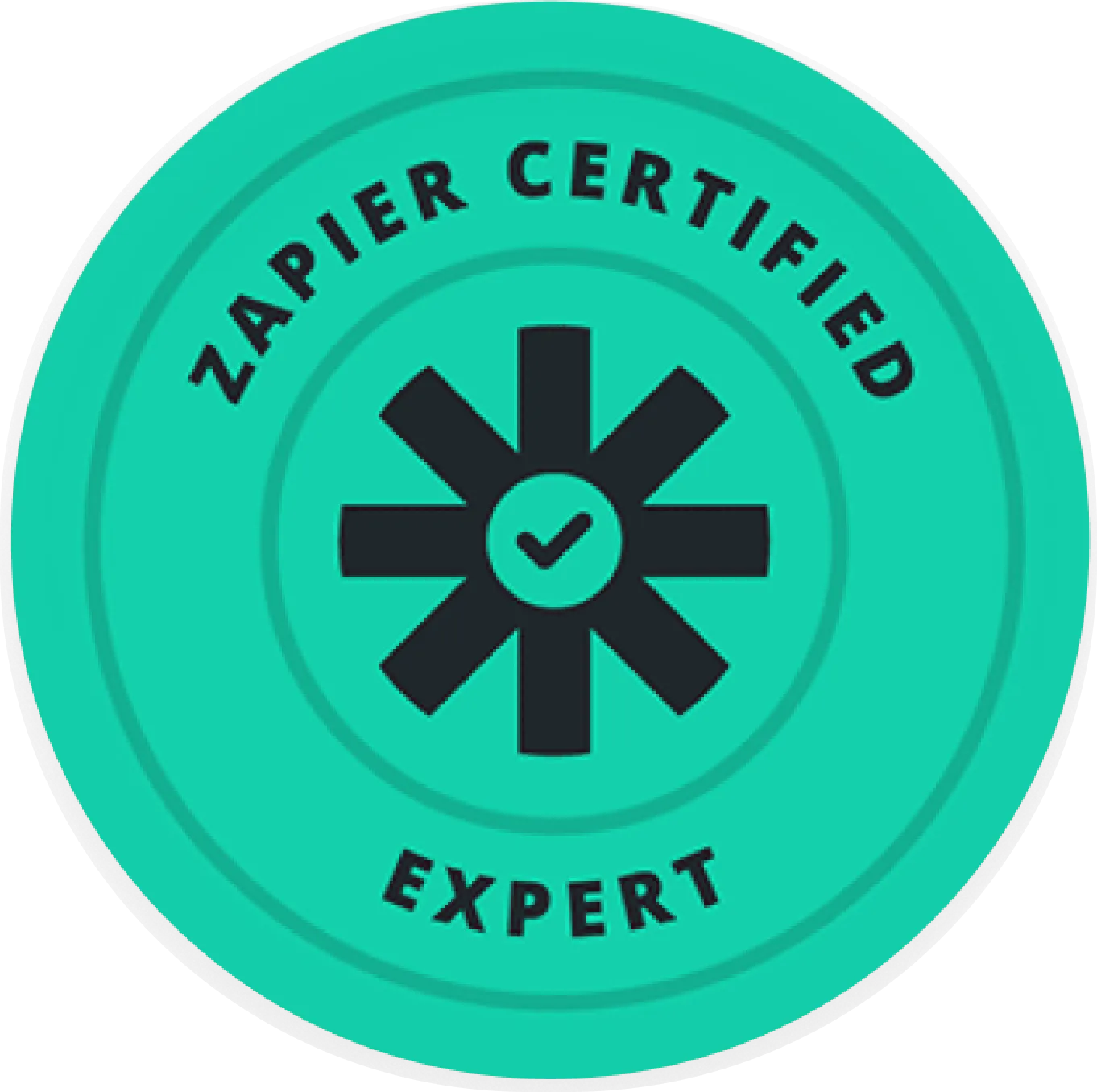If you are weighing airtable vs seatable, you are likely balancing speed of delivery against control. This guide breaks down where each platform excels, what it costs to run at scale, and how to align the choice with your security, integration, and automation requirements.
You will find a clear overview of both tools, a side by side comparison across hosting, capacity, customization, automation, integrations, security, user experience, and pricing, plus a concise verdict that maps to common enterprise decision criteria. The goal is straightforward, help you pick the right data workbench for measurable ROI.
WHAT IS AIRTABLE?
Airtable is a cloud based relational database that looks like a spreadsheet but behaves like a flexible app platform. Founded in 2012 by Howie Liu, Andrew Ofstad, and Emmett Nicholas, it popularized the low code database category by combining familiar grid views with forms, Kanban, Gantt, dashboards, and automations in a single workspace. This made it a go to tool for marketing ops, product ops, PMOs, and content teams that needed structure without heavy IT lift.
Key features you can put to work fast:
- Rich data modeling, relational tables, lookup and rollup fields, attachments, formulas, and linked records. See the product overview for supported field types and views, the vendor maintained reference. Airtable Product
- Views and interfaces, grid, gallery, timeline, Gantt, calendar, and the Interface Designer to ship role based apps without code. Airtable Interface Designer is the canonical feature page.
- Automations and AI assisted actions, triggers on changes, schedules, and webhooks with native actions for notifications, records, and external calls. Quotas and capabilities vary by plan. The support article is the authoritative source.
- APIs and developer tooling, REST API with OAuth or personal access tokens, metadata API, and scripting. The developer hub is the primary reference. Airtable API Overview
- Governance, SOC 2 Type II, SSO SAML, SCIM, granular permissions, and enterprise admin controls. The trust center is vendor verified. Airtable Trust Center
Where Airtable shines:
- Rapid app delivery for business teams, content calendars, campaign ops, product roadmaps, vendor onboarding, and lightweight CRM where time to value matters.
- Workflows that benefit from a polished UI, templated interfaces, and a large integration ecosystem across iPaaS platforms.
- Centralized SaaS with minimal infrastructure management and strong admin features for large workspaces.

Plan features and per base limits change by tier, so validate your current requirements against the live matrix before committing. The support matrix is the canonical source. Airtable Plan Features and Limits
WHAT IS SEATABLE?
SeaTable is a spreadsheet database with an open architecture and a strong self hosting option. Introduced in 2020, it was built by the team behind Seafile with a focus on data sovereignty, extensibility, and cost control at scale. You can run it on premises or use SeaTable Cloud hosted in the EU. This dual model makes it attractive for regulated or security sensitive environments.
Key features decision makers value:
- Flexible deployment, SaaS in EU data centers or self hosted server in your private cloud or data center. The product pages outline options and requirements.
- Rich data model and views, tables, linked records, formulas, gallery, Kanban, Gantt, and dashboards similar to Airtable for fast adoption. See the user manual for coverage.
- Automation with server side Python, scheduled jobs, triggers, and webhooks. This enables heavier data processing close to the data. The manual is the source of truth.
- APIs and extensions, REST API, JavaScript and Python SDKs, and a plugin framework to ship custom modules. The API docs are maintained by the vendor.
- Security posture, GDPR oriented, SSO, granular permissions, and audit logging, with compliance determined by your deployment and controls. The security page provides vendor claims.
Where SeaTable fits best:
- Data sovereignty and compliance first deployments, organizations that must self host or ensure EU residency and minimize vendor lock in.
- Workloads that need server side scripting, heavy automations, or larger tables where infrastructure tuning is a priority.
- Teams seeking predictable TCO at scale with the option to license once and run on their own infrastructure.
AIRTABLE VS SEATABLE: KEY DIFFERENCES
Both platforms help teams model data, build internal apps, and automate workflows. The real divergence shows up in architectural choices, governance options, and cost at scale. Use the side by side below to anchor your decision.
THE VERDICT ON AIRTABLE VS SEATABLE COMPARISON
Choose Airtable if speed to value, a refined user experience, and a rich third party ecosystem outweigh the need for self hosting. It is ideal for cross functional operations teams that want to deploy production grade internal apps in weeks, not quarters, with minimal platform overhead. Procurement is straightforward, governance is mature, and the build experience is excellent for non developers. Validate your record counts, automation run needs, and interface complexity against the current plan limits.
Choose SeaTable if data sovereignty, self hosting, and deep customization drive the decision. It fits companies that must keep data in specific jurisdictions, want to run server side Python near the data, or plan to scale to very large user counts and tables with predictable TCO. Your team will invest a bit more in setup and operations, but you gain control over performance, security posture, and extensibility.
If you are still torn, apply a fast decision sprint:
- Write down immovables, compliance regimes, data residency, and self hosting yes or no.
- Quantify the workload, expected records per base or table, attachment sizes, number of automations, and monthly runs.
- Map integration patterns, which systems must read or write, and whether iPaaS connectors are required or custom APIs are preferred.
- Pilot on both, implement one high value workflow end to end with access controls, automations, and reporting.
- Model TCO, include licenses, infra if self hosting, admin effort, and the cost of integration development.
- Decide with governance in hand, owner, SLAs, change management, and an automation backlog tied to KPIs.
Want a partner that already knows the pitfalls and the shortcuts? Makeitfuture designs and implements intelligent automation on Airtable and SeaTable, from secure architecture and data modeling to AI assisted workflows and enterprise grade integrations. If you need an ROI focused plan and delivery team, talk to us. For a broader view of how we approach automation at scale, explore our services on makeitfuture.com.

















